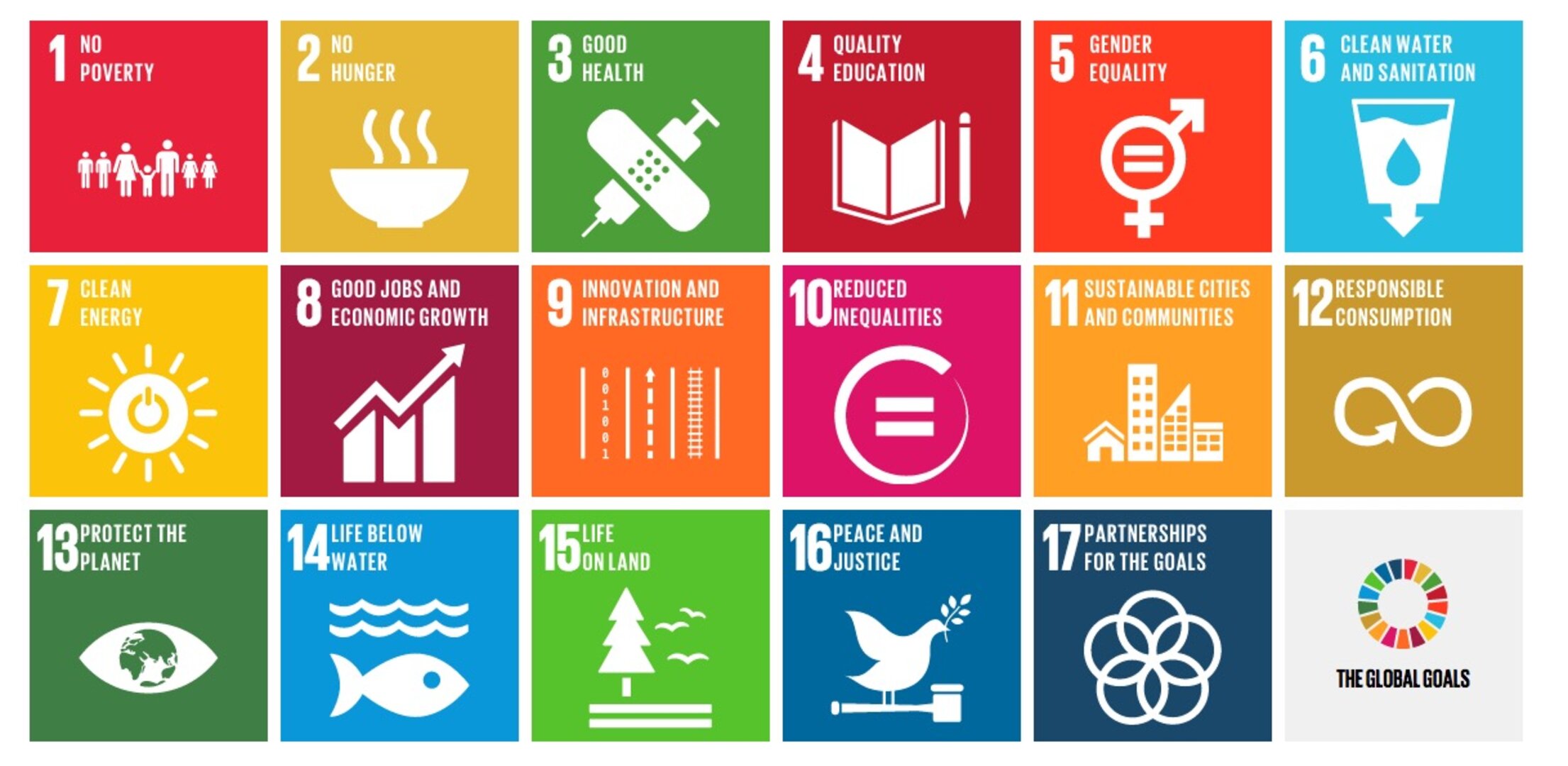
Understand leakage and uncertainty in carbon projects to find quality
When contributing to CO2-projects and buying carbon credits, heads of sustainability have to consider risks of a given project. Two core elements are ‘leakage’ (counteracting CO2 impact) and ‘uncertainty’ of the true number of CO2 a project really avoids/ removes. We are now taking a deeper look at these to provide you with a basic understanding and prepare you for your next purchase of carbon credits.
Leakage in carbon projects
Defining Leakage: It refers to unintended and adverse consequences when emissions reduce in one area but rise elsewhere, negating the project’s overall benefit. Here is a simple example: Imagine a forest protection project protecting Lot A. It may increase logging in another area, Lot B, undermining the net emission reduction on a global scale.
Why does this occur? Here are some driving factors:
Global demand is unchanged
Sticking with the same example as above. Although a specific area of forest is protected from logging, the global demand for wood did not decrease and with that, the logging activity is not reduced but shifts to other areas.
Leakage doesn’t obey geographical boundaries. It can happen due to varying carbon treatment across regions and circumstances. Protecting one forest may divert pressure to clear another, resulting in elusive, boundary-transcending leakage.
Shift in market prices
A demand shift away from fossil fuels to renewable energy could result in low prices in fossil fuels as fossil fuel providers want to attract customers. This could then result in an increase in usage of fossil fuels again.
Another example is: Improving forest management by adhering to more sustainable practices, logging can be reduced and therefore the supply of wood in that area. This could result in increasing market prices and therefore incentive an increase in logging.
Uncertainty in carbon projects
Every project comes with factors which cannot be guarantied. It is important to understand these factors and address them in a due diligence before buying carbon credits. This is typically covered by the MRV-practices (Monitoring, Reporting, Verification) of the project. This is either conducted by the project in-house or by a MRV provider. There are three key types of uncertainty:
- Data uncertainty: Shifting climate conditions affect data reliability and availability, impacting baseline emission assessments and project performance data. Reliable data is the cornerstone of effective carbon accounting.
- Technological uncertainty: Emerging or evolving technologies used in carbon projects can be affected by climate change, adding uncertainty. This impacts project performance and subsequent emissions reductions.
- Behavioral uncertainty: As climate change impacts energy consumption patterns, predicting human behavior becomes harder, increasing uncertainty in project outcomes.
Managing Uncertainty: How can these uncertainties be effectively managed?
It is vital that you conduct a deep analysis of each project to fully understand the elements of uncertainty and how they are accounted for each in the calculation of CO2 avoided/ removed. If there are uncertainties which are not accounted for, you can follow this guideline to when procuring carbon credits.
Incorporate uncertainty into the cost calculation: To understand real-world outcomes across different project types, robust uncertainty characterization must be incorporated into cost metrics. Apply a percentage (residual uncertainty) to the tonnes of CO2 you buy to result in a discounted number of tonnes after risk. This can then be applied to the price of the carbon credit to account for these residual risk factors.
You can also differentiate if you would like to use carbon credits to neutralize a specific number of emissions and therefore need to account for risk factors. Or if you are looking to support the innovation of future technologies (depends on your strategic goal of buying credits). If the latter is the case, you can simply buy credits, as you are not reliant on the exact number of carbon dioxide tonnes avoided/ removed.
Navigating the Challenge
The challenge for Heads of Sustainability and ESG leaders in the B2B market is not to shy away from these uncertainties, but to account for them. Understanding leakage and uncertainty can lead to informed buying decisions, enabling you to choose the right carbon projects, and steer the course toward a more sustainable and responsible future.
Remember, the journey to sustainability is not a sprint; it’s a marathon. It’s your chance to buy carbon credits to neutralize your unavoidable emissions or to support innovative technologies. Embrace the opportunity to shape a greener future.
Connect with us and book an appointment to learn more about these factors and carbon projects of high quality.


